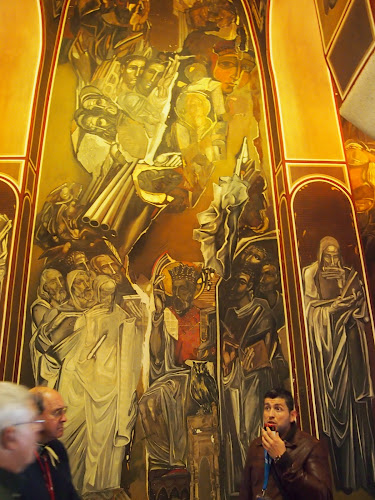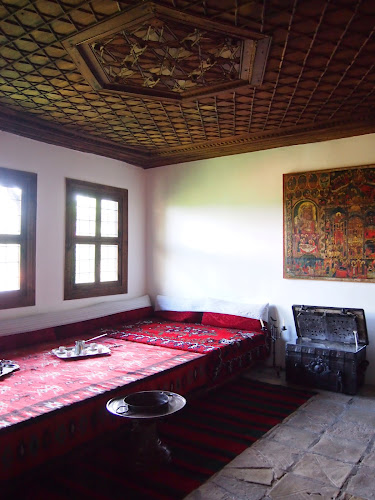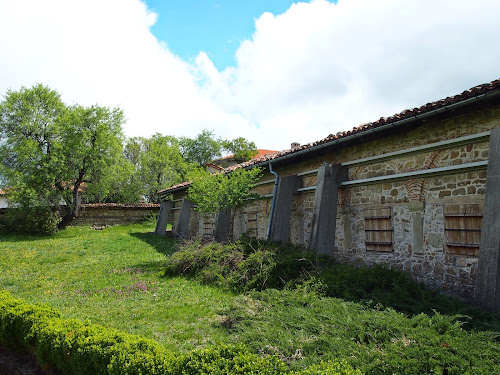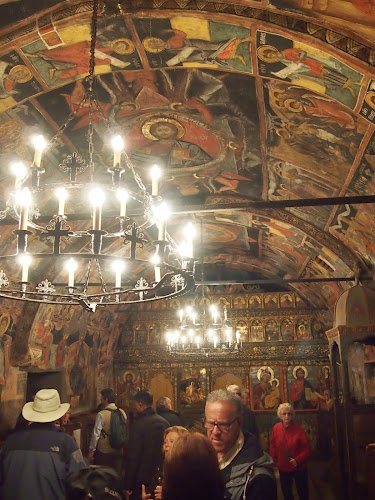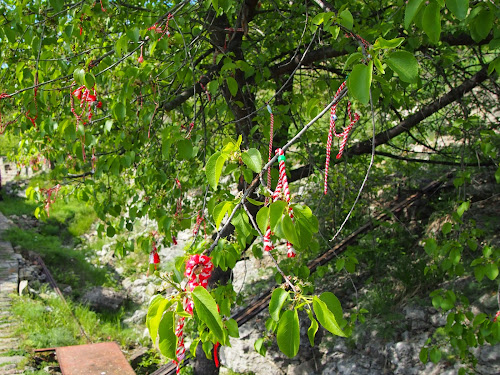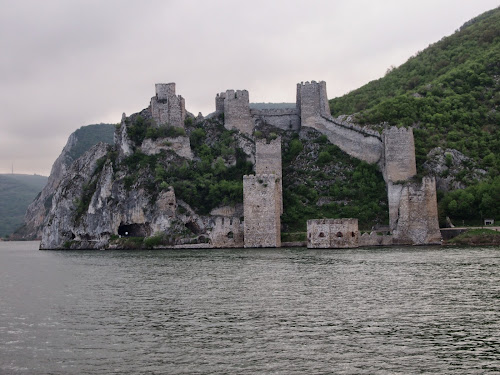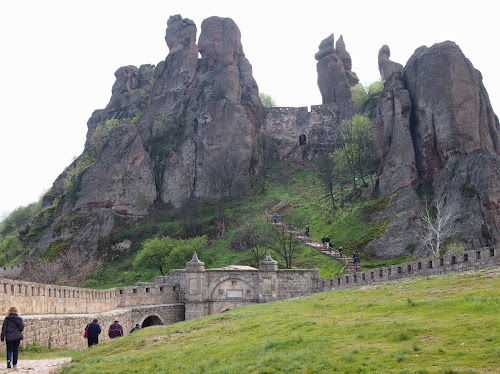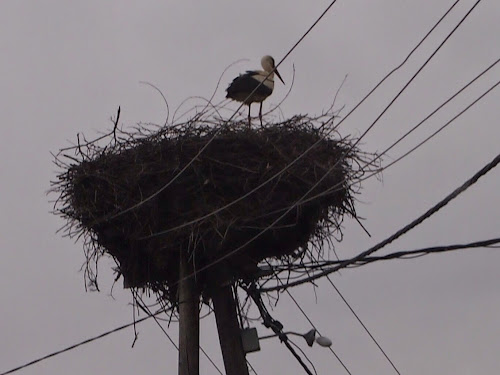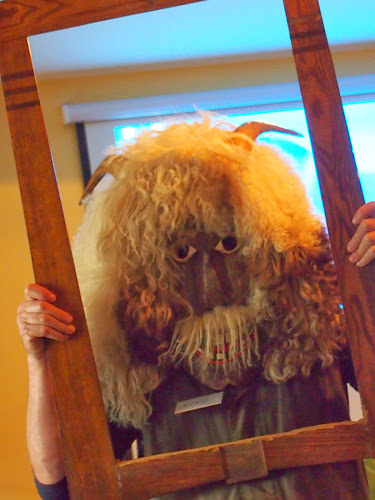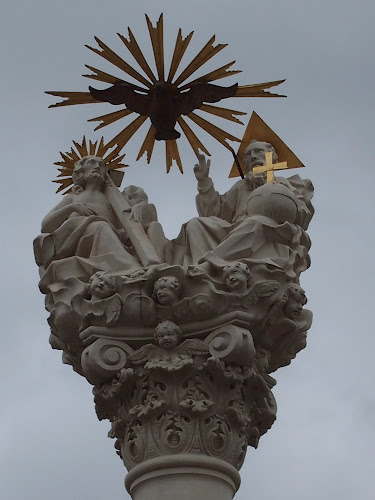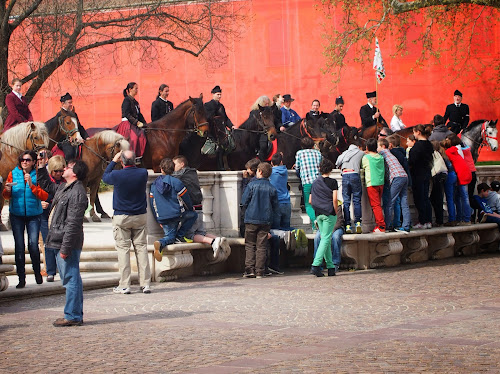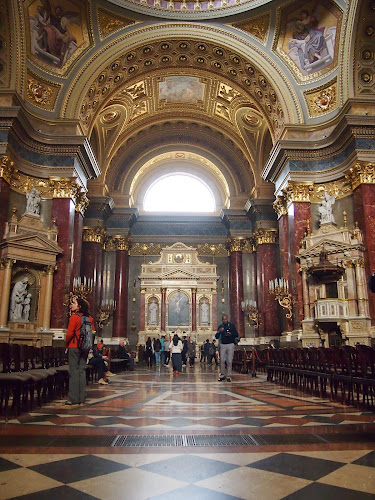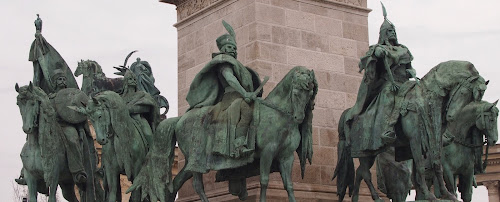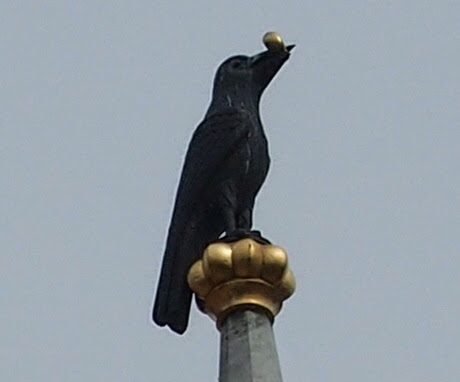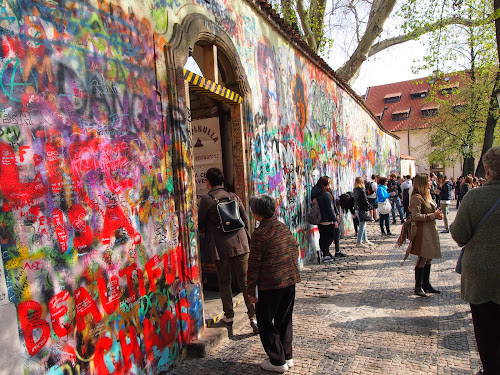Yes, the suitcases are all packed and ready to go. Romania is the last stop and tomorrow we fly back to Massachusetts. Still, we’re not convinced that all good things must come to an end.
On the ride into Bucharest we passed a Gypsy house and grabbed a quick snapshot through the bus window, thereby violating our commitment to you to step through the window and not offer you narratives gained by sitting on our duffs. Sorry about that, but this was just too unique to keep to ourselves. The Gypsies are a significant percentage of the population in most of the countries we’ve been through and people speak of the “Gypsy problem.” What they mean is that the Gypsies are still not well integrated into their communities. Of course, this is all beyond the scope of our modest blog. We were told that, at least in Romania, the Gypsies prefer the term “Gypsy” to the term “Roma,” even though the origins of “Gypsy” are apparently derogatory. They identify with it, much as many Native Americans prefer to be called Indians.
One place we visited in Bucharest was the Village Museum. It’s said to be the largest open air museum in Europe and was founded in 1936 by bringing buildings from all over Romania. We enjoyed it quite a bit. Pictured is a peasant house that was half buried in the ground and then thatched so that it would blend into the wheat fields and escape the notice of Ottoman troops as they swept yet again through the area.
You may remember that Romania was the last country in the region to have a successful revolt against Communist rule in 1989 (and it wasn’t peaceful). Nicolae Ceausescu was a totalitarian dictator in all the worst ways. One of the ways he drove his country to despair in the 1980s was by building the People’s Palace, now known as the Parliament Palace (as Parliament now meets there). He didn’t live to see it completed, meeting with summary justice back in ’89. 20,000 workers and 700 architects worked 24/7 to build the palace and it is impressive in its own way. Being the second largest building in the world after the Pentagon in surface area and clocking in at 1,100 rooms, walking through the main public rooms is like entering a series of overdone, impossibly large spaces. It’s like a series of enormous train station central halls, like something Donald Trump would do if he had the resources of Bill Gates. Rather than serve as the government headquarters of Romania, it would be well suited as the headquarters of the Federation of Planets. But, that’s just our opinion. During our tour, we stood on the very large balcony from which Michael Jackson famously greeted the people of Bucharest with a “Hello, Budapest!” Some years later, he did return and got it right. Some things can be forgiven.










